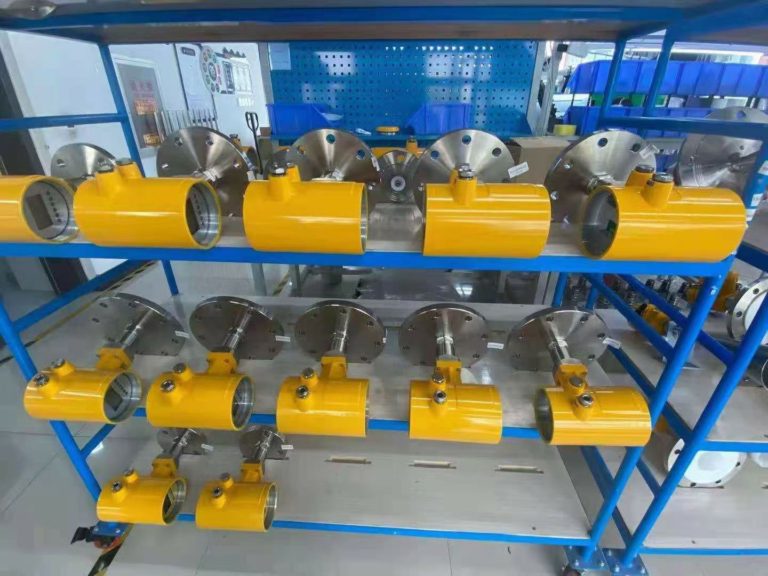Introduction
Level measurement plays a crucial role in the chemical industry, especially when dealing with complex and harsh conditions. Radar level gauges have emerged as an ideal solution due to their non-contact measurement capability, high precision, and excellent reliability. This article delves into the application of radar level gauges in measuring urea hydrolysis solutions, highlighting their advantages and practical usage in real-world scenarios.
Background on Urea Hydrolysis Solutions
Urea hydrolysis solution is produced through the chemical reaction between urea and water under high-temperature and high-pressure conditions, generating ammonia gas. This solution is widely used in industrial processes, particularly in the production of fertilizers. However, it presents significant challenges for level measurement due to its highly corrosive nature and tendency to crystallize.
Traditional level measurement methods, such as capacitive and RF admittance technologies, have been used but often fail to meet the demands for precision and stability in such extreme environments. This gap has been effectively addressed by radar level gauges.

Advantages of Radar Level Gauges in Measuring Urea Hydrolysis Solutions
High Precision and Reliability
Radar level gauges provide exceptional accuracy by using microwave pulse measurement, unaffected by external conditions such as temperature fluctuations, pressure variations, or vapor presence. This ensures reliable monitoring in extreme conditions.Non-Contact Measurement
The non-contact design eliminates the risk of instrument damage caused by the corrosive and crystallizing nature of urea hydrolysis solutions, significantly extending the equipment’s lifespan.Advanced Signal Processing
Equipped with cutting-edge signal processing technology, radar level gauges effectively suppress noise and improve signal-to-noise ratios. This enhances measurement accuracy even in environments with significant interference.Flexibility in Installation
Depending on the container’s structure and specific measurement needs, radar level gauges offer multiple installation options, such as top-mounted, side-mounted, or guided tube installations. This flexibility makes them highly adaptable to different industrial setups.Ease of Maintenance
With a simple design and minimal moving parts, radar level gauges are easy to operate and maintain, reducing overall operational costs.

Case Study: A Fertilizer Plant Application
A large fertilizer plant implemented radar level gauges to measure the urea hydrolysis solution’s level during production. The radar level gauges demonstrated exceptional stability and reliability in real-time monitoring of the solution level. Their non-contact measurement avoided issues caused by crystallization and clogging, which are common with traditional methods.
The results showed a notable improvement in production efficiency and a significant reduction in maintenance costs. For instance, the plant reported a 20% reduction in downtime caused by sensor failures and a 15% decrease in maintenance expenditures. These figures underscore the practical advantages of radar level gauges in demanding industrial conditions.

Future Prospects and Conclusions
Radar level gauges have revolutionized level measurement in the chemical industry, particularly for challenging applications like urea hydrolysis solutions. Their high precision, non-contact measurement, strong anti-interference capability, and operational flexibility make them an ideal choice.
Looking forward, advancements in radar technology, such as integration with IoT systems, enhanced data analytics, and multi-functional sensors, could further enhance their performance. This would enable real-time remote monitoring, predictive maintenance, and more efficient operations.
In conclusion, radar level gauges have proven to be indispensable in the chemical industry, providing reliable and accurate solutions to complex level measurement challenges. With ongoing technological progress, their application potential will continue to expand, driving innovation and efficiency across industries.
